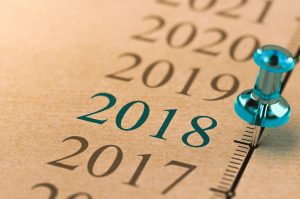A change occurred in 2019 that transformed how medical operations express clinical logic for electronic healthcare records (EHRs).
Called Clinical Quality Language (CQL), was adopted for use by the Centers for Medicare and Medicaid Services (CMS), the massive federal agency that oversees the process for billing and other information related to the two healthcare programs.
In announcing the switch, CMS wrote that CQL provides electronic clinical quality measures (eCQM) and clinical decision support that are “human readable, yet structured for electronic processing.” That’s a major breakthrough for EHR systems.
How CQL Developed
The creation of CQL came through a joint effort of the CMS and the U.S. Office of the National Coordinator for Health Information Technology (ONC). The two agencies sponsored a public-private partnership to develop CQL.
The idea was to create a language that helped set more universal standards for creating quality measures that define best practices for a particular procedure or specialty. CQL creates a standardized system that allows clinicians to create records that are readable by both humans and machines.
The CMS adoption of CQL will affect EHR vendors, clinical knowledge content vendors, knowledge artifact authors and clinical quality content tool vendors.
It’s also something health informatics professionals will want to understand, since this change will likely lead to CQL adoption across the industry.
Why CQL Is Important
Remember the old jokes about the handwriting of doctors? That’s essentially the problem that CQL attempts to solve.
Doctors and other medical professionals develop clinical quality measures that, in theory, are shared with medical professionals through electronic records. But that’s not always the case in the current situation.
Clinical experts who create specifications for clinical quality measures end up “in vague text documents that are difficult to interpret and nearly impossible to computerize. And with everyone calculating the same quality measure in different ways, it is difficult to compare different providers “apples-to-apples” on the same metric,” according to healthcare tech company Able Health.
The CQL language will make such specifications easier to create and share, leading to better health outcomes for patients. It also may help cut down on the time doctors spend on documenting their work for electronic healthcare records.
CQL allows input of information in such a way that it can be read by whatever system is used to store data. Able Health reported that CQL reduced the time needed to specify, implement and test new quality measures by as much as 90%. That reduced the time to a matter of hours instead of days.
In the end, CQL is the latest example of how healthcare companies and public agencies are attempting to implement technology in a way that will streamline an historically inefficient industry.




